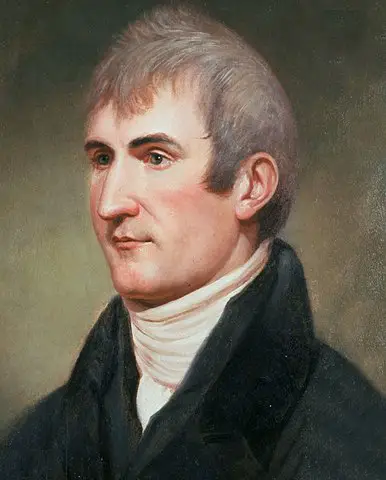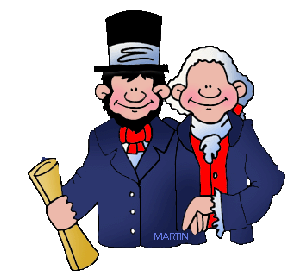Meriwether Lewis
Born: 1774
Birthplace: Virginia
Died: 1809
Most famously known as part of the two-man team, including William Clark and the Native Indian Sacagawea that was assigned by Thomas Jefferson to form the Lewis and Clark expedition for the exploration of the land areas that were west of the Mississippi in 1805.

- Lewis was the son of a father of Welsh ancestry and mother of English ancestry. His father died from pneumonia, and his mother and stepfather moved his family from Virginia to Georgia. Lewis had five brothers and sisters, which included two half-siblings from the second marriage of his mother.
- His early youth in Georgia was devoted to spending a lot of time outdoors and developing his hunting skills. Once he reached his teenage years, his father’s brother made his return to Virginia for formal education with private tutors. Lewis would go to college and graduate in 1793 from what was then called Liberty Hall (currently Washington and Lee University)
- Lewis joined the state militia and participated in stopping the Pennsylvania uprising in 1794, where farmers rose up against taxes. This was called the “Whiskey Rebellion.” A year later, he met and served with William Clark, who would later be an important partner. After joining the regular army, Lewis had the rank of captain, and President Jefferson asked him to be his private secretary in 1801.
- President Jefferson then offered Lewis the opportunity to be the leader of an expedition to head west of the Mississippi to log information about the land, animals, plants, and Native Indians. Lewis recruited his army friend, William Clark, to be on the expedition with him.
- They began their expedition in 1804 near St. Louis, Missouri, and traveled throughout the western regions. Lewis, Clark and the crew faced terrible weather, illness, injuries, hunger, exhaustion, and dangerous waters. Lewis maintained a detailed journal on the trip and collected samples of the animals and plants that they came across.
- The expedition got a lot of help from many of the Native Indians that they met. They were supplied with supplies during their first winter by the Mandans, and they then added two additional team members: Sacagawea and her husband, Toussaint Charbonneau. Both were interpreters for some of the natives that they encountered.
- The group was called the “Corps of Discovery,” and by 1805, they had finally reached the Pacific Ocean. With winter coming in the area known today as Oregon, they built Fort Clatsop. By 1806 they began their return trip, and both Lewis and Clark decided to split up in the hopes that they could locate a faster return route.
- The return trip for Lewis was bad when they faced an attack by some of the Blackfeet Indians, and then later, one of his own men accidentally shot Lewis in the thigh. The two groups, one led by Lewis and the other by Clark, met at the Missouri River, and all were together for the rest of the trip home. The total miles that the expedition had gone by foot, boat, and horseback were around 8,000 miles.
- Upon arriving in Washington, Lewis and the members were met with fanfare and praise. Lewis got his payment as well as 1,600 acres of land and was given the title of the governor of the Louisiana Territory. Although Lewis published his journals, he began to experience drinking problems and ignored his governor’s duties.
- Lewis was on his way back to Washington, D.C., when he died at Nashville, Tennessee inn. He had never married. His accomplishments went beyond the incredible expedition. Due to his diligence, he logged many plants and animals that were previously unknown to any of the Europeans. Lewis inspired many others to become pioneers and settlers in the west.
Q&A:
What is the name of the farmers uprising that Lewis helped to stop?
Whiskey Rebellion
What job did Thomas Jefferson first give Lewis?
His personal secretary
How many total miles did the Lewis and Clark expedition cover?
Around 8,000 miles
What is the name of the Native Indian that traveled with the Lewis and Clark expedition?
Sacagawea
Besides getting financial pay, what else did Lewis receive for going on the expedition?
1,600 acres of land and the title of governor of the Louisiana Territory
What was the Lewis and Clark expedition called?
Corps of Discovery



